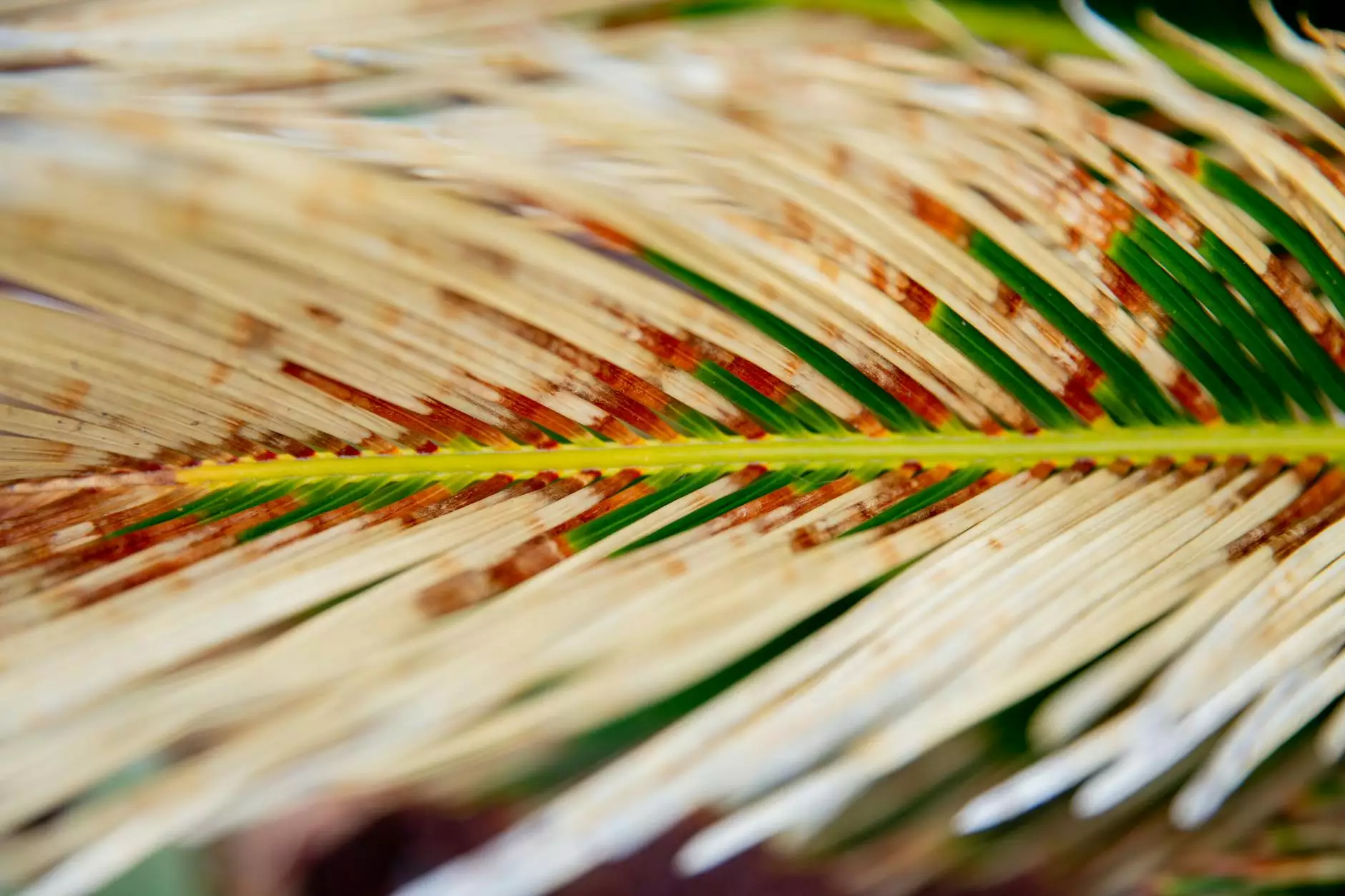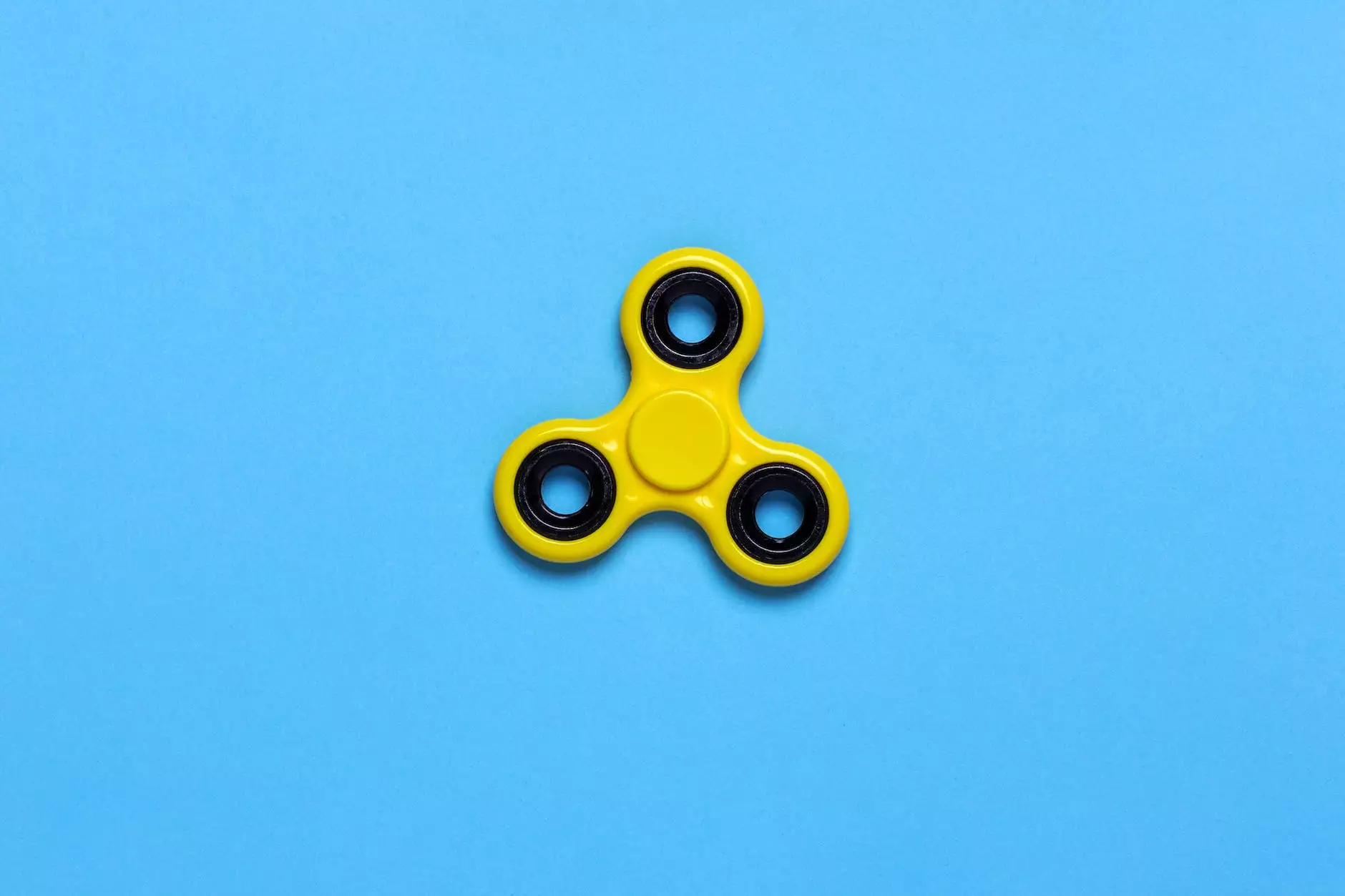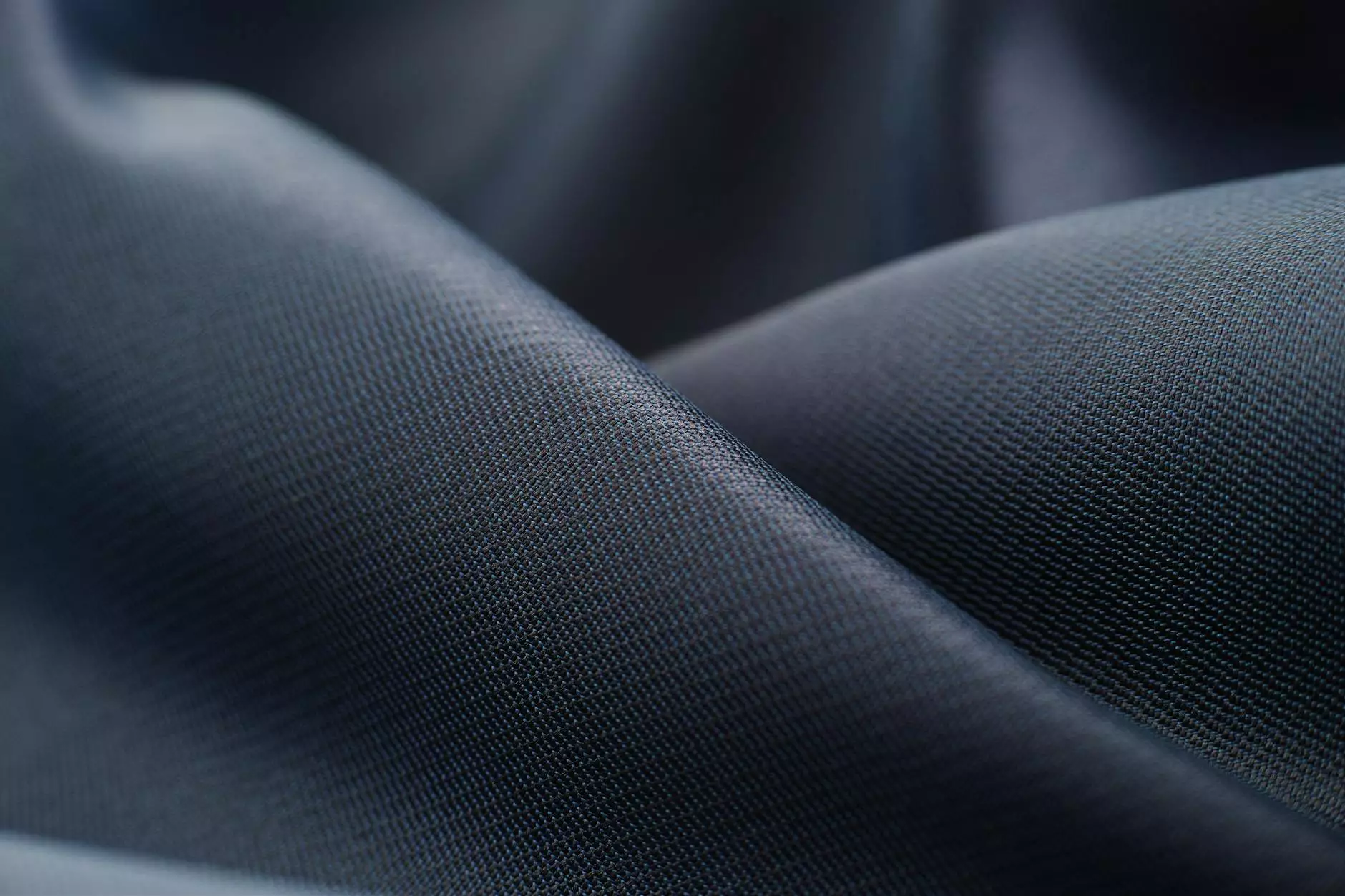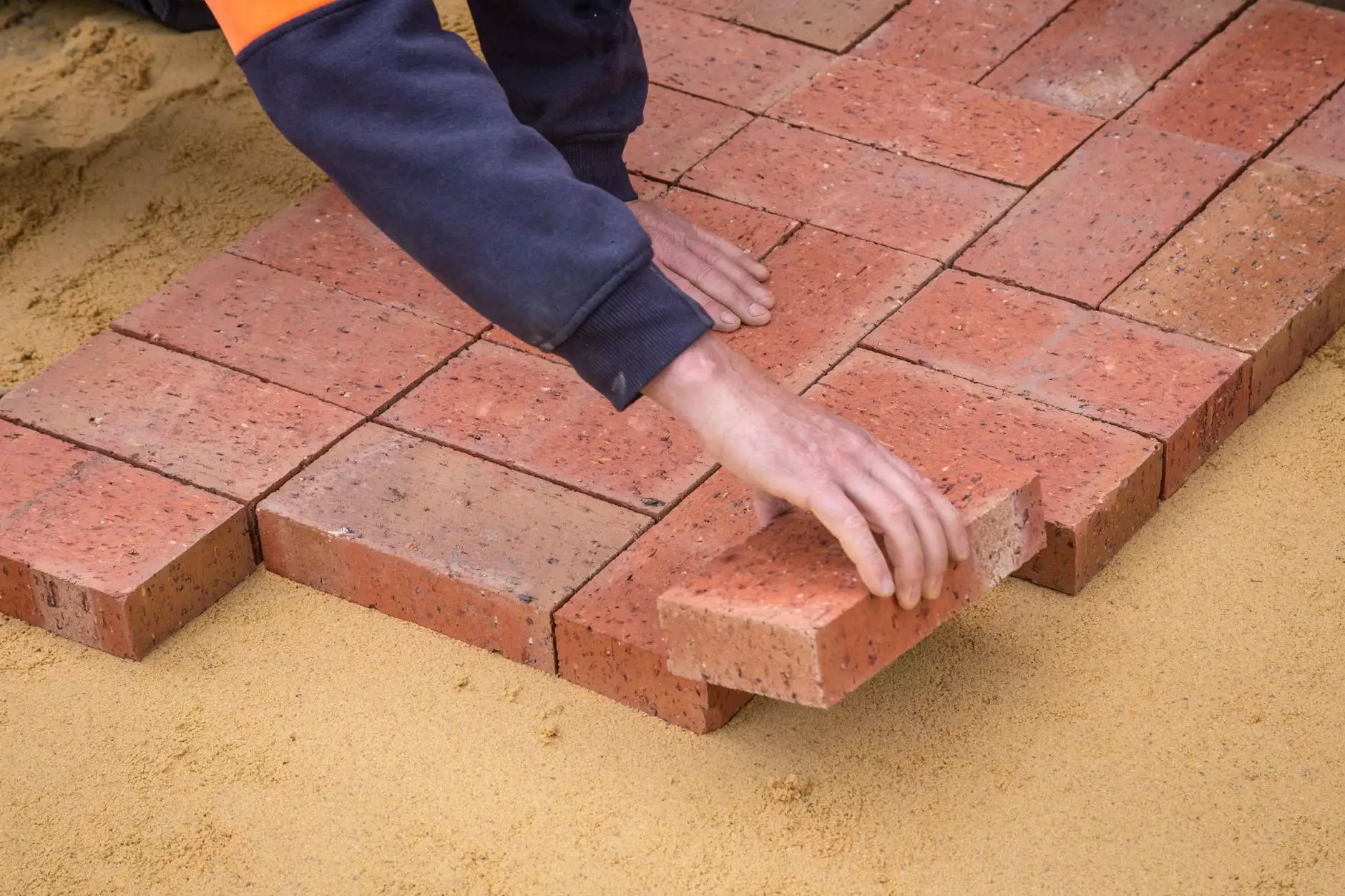The Ultimate Guide to Postnatal Pilates for Diastasis Recti

What is Diastasis Recti?
Diastasis Recti is a condition characterized by the separation of the abdominal muscles, typically occurring during and after pregnancy. This separation can lead to various physical challenges, including lower back pain, poor posture, and difficulties in core strength. Understanding this condition is crucial for new mothers, as it directly impacts their recovery process.
Recognizing the Symptoms of Diastasis Recti
Identifying diastasis recti can significantly enhance your recovery journey. Some common symptoms include:
- Visible bulge or gap in the middle of the abdomen when straining or contracting your core.
- Lower back pain due to weakened core muscles.
- Pelvic floor dysfunction, including incontinence.
- Difficulty with core exercises or maintaining proper posture.
- A general feeling of weakness in the abdomen.
If you experience any of these symptoms, consider consulting a healthcare professional to assess the severity of your condition and discuss rehabilitation options.
Understanding the Importance of Postnatal Pilates
Postnatal Pilates can be a game-changer for mothers dealing with diastasis recti. This form of exercise focuses on strengthening the core while promoting correct alignment and posture. It's specifically designed for postpartum recovery, making it a safe and effective choice for new mothers.
Benefits of Postnatal Pilates for Diastasis Recti
Engaging in a Postnatal Pilates program offers numerous benefits:
- Strengthening Core Muscles: Targeted exercises can help restore strength to weakened abdominal muscles.
- Improving Posture: Pilates encourages awareness of body alignment, which can enhance posture and alleviate back pain.
- Increasing Flexibility: Gentle stretching can help improve flexibility and mobility after childbirth.
- Promoting Mind-Body Connection: Pilates emphasizes the breath and mindfulness, fostering a deeper connection between body and mind.
- Encouraging Gradual Progress: Pilates exercises can be modified based on individual needs, allowing for safe progression in strength and endurance.
Getting Started with Postnatal Pilates
Before beginning any exercise program, it’s essential to consult with your healthcare provider, especially if you are recovering from birth. Once you have the green light, consider the following steps to start your postnatal Pilates journey:
- Find a Qualified Instructor: Look for a Pilates instructor with experience in postnatal exercise and knowledge of diastasis recti.
- Choose the Right Environment: Ensure the studio or class is supportive and understands your needs as a new mother.
- Start Slow: Begin with gentle modifications that accommodate your current strength and capability.
- Listen to Your Body: Pay attention to your body’s responses during exercises, and don’t push yourself too hard.
Key Pilates Exercises for Diastasis Recti
Here are some introductory exercises that are beneficial for diastasis recti recovery:
1. Breathing Exercises
Start by lying on your back with your knees bent. Inhale deeply through your nose, allowing your rib cage to expand, and exhale slowly through your mouth while engaging your pelvic floor and drawing your belly button in towards your spine. This helps enhance your breath control and core engagement.
2. Pelvic Tilts
While lying on your back, gently tilt your pelvis upwards, flattening your lower back against the floor. This movement strengthens your core and helps stabilize your pelvis.
3. Kneeling Arm and Leg Reach
In a kneeling position, extend one arm and the opposite leg while keeping your core engaged. Hold for a few seconds before returning to the starting position. This exercise promotes balance and coordination.
4. Tabletop Bridge
Lie on your back with your feet flat on the ground and knees bent. Lift your hips to create a straight line from your shoulders to your knees. This works on glute strength while supporting your core.
5. Cat-Cow Stretch
This gentle stretch helps improve spinal flexibility. On all fours, alternate between arching your back (Cat) and dropping your belly (Cow) while synchronizing your breath to promote relaxation.
Finding Community Support
Joining a postnatal Pilates class can also provide a sense of community and support. Connecting with other mothers who are experiencing similar challenges can be incredibly empowering. Look for local groups or online communities that focus on postnatal wellness.
Continuing Your Postnatal Journey
Recovery and strengthening after childbirth is a journey rather than a destination. Consistency with your postnatal Pilates practice can lead to profound improvements in your physical wellbeing. It is vital to be patient with yourself and celebrate small milestones along the way.
Conclusion
Postnatal Pilates for diastasis recti recovery is more than just a physical practice; it’s a holistic approach to healing and empowerment for mothers. With the right guidance and supportive community, you can navigate the challenges of postpartum recovery effectively. Remember, each journey is unique, and the key is to find what works best for your body and lifestyle. Take that first step, and allow yourself the grace to heal and rebuild.
postnatal pilates diastasis recti








